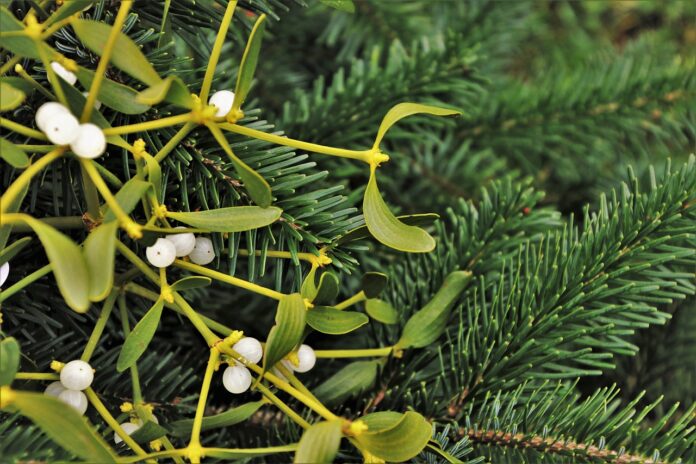In the coming weeks, holiday meetups and gatherings are going to become more common with the majority of the people returning to their homes to celebrate with their family and friends. While most enjoy one of the primary traditions of holidays, which is setting and decorating a tree others may experience a strange Christmas tree allergy.
Usually, the members of a household from all age groups including children to older adults take part in bringing home and putting up a tree. The most common place chosen by families to do so is in the living room of the house.
The time of doing this can vary from one family to another. While some may do this activity the night before Christmas, others get in the festive mood even weeks before actual gatherings and celebrations.
During this time, some people may experience a number of different symptoms such as a stuffy or runny nose, sore throat, a feeling of discomfort in the chest, and general difficulty in breathing.
People with existent allergies and health conditions such as asthma may also have worsened symptoms. Statistically, the use of inhalers also increases especially during the Christmas weeks.
RELATED: How to Avoid Cabin Fever During the Winters?
Why is this so? The vast majority of people assume that the worsened symptoms are due to seasonal change and the harsh, cold weather. In reality, the Christmas tree in the house may actually be the culprit.
The impact of the tree is not because of the tree itself but because of the dust, pollen, and mold on it. Hence, people are not allergic to the tree but because of the particles released from it.
In addition to runny nose and breathing problems, skin problems because of the pine tree used for Christmas decoration are also fairly common. In fact, the rosin or colophony, which is the sticky material present in the sap of the tree, can possibly cause skin rashes.
The rash that develops as a result of the colophony can look similar to the rash from poison ivy. Usually, rashes on the skin due to the rosin can start appearing within forty-eight hours of placing the tree.
Secondly, itchy skin and redness due to simply coming into contact with the leaves of the pine tree can also happen just like some experience itchiness and irritation from sweaters.
People who are aware of their Christmas tree allergy also use artificial trees as a solution. However, artificial trees that are stored in damp or humid places including the attic, basements, and other places can also have mold and dust on them.
Consequently, it can have the same effect as that of an actual pine tree, which is why the solution is to keep the tree clean whether it’s artificial or a real pine tree.
Buy a tree a few days before the planned events and wash it outside the house. Let it dry outside if the weather is not too harsh. At some of the tree lots, such cleaning services are also available. For artificial trees, dust and clean thoroughly before putting up.
When decorating, try wearing gloves, and change clothes after doing so. If air purifiers are available, try placing them in the lounge or wherever the tree has been placed.




